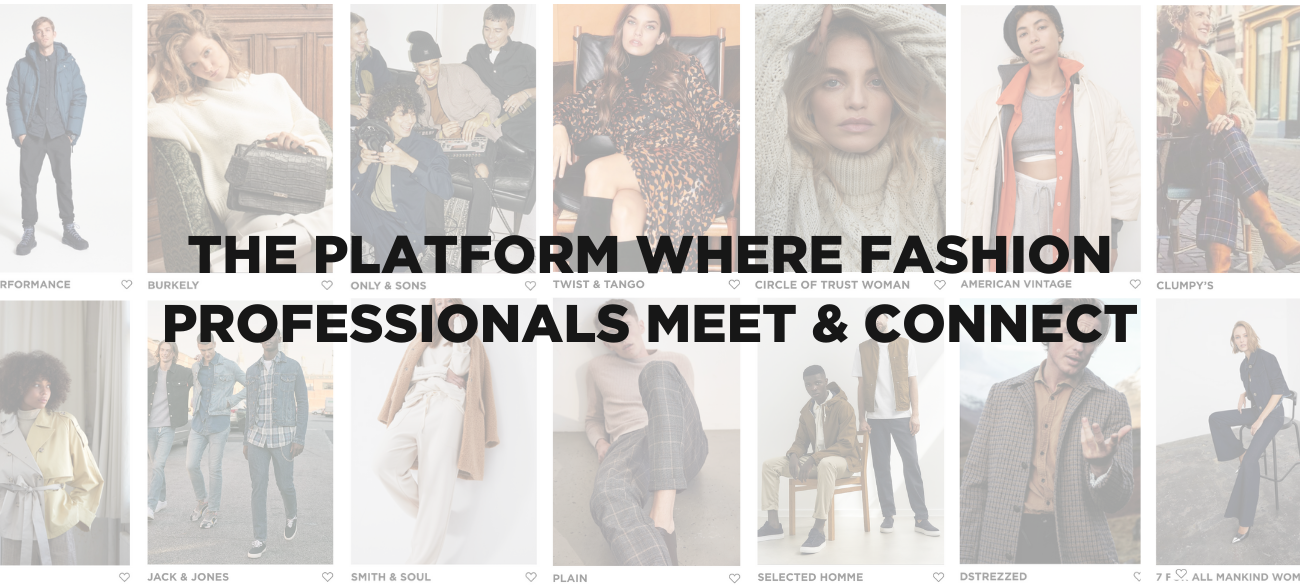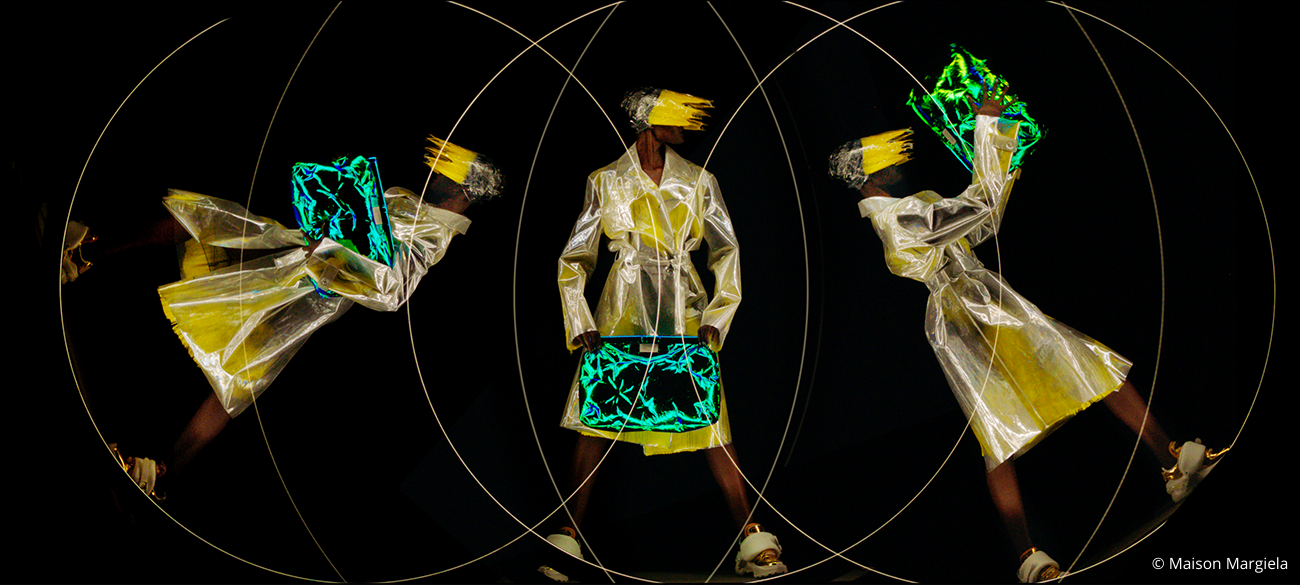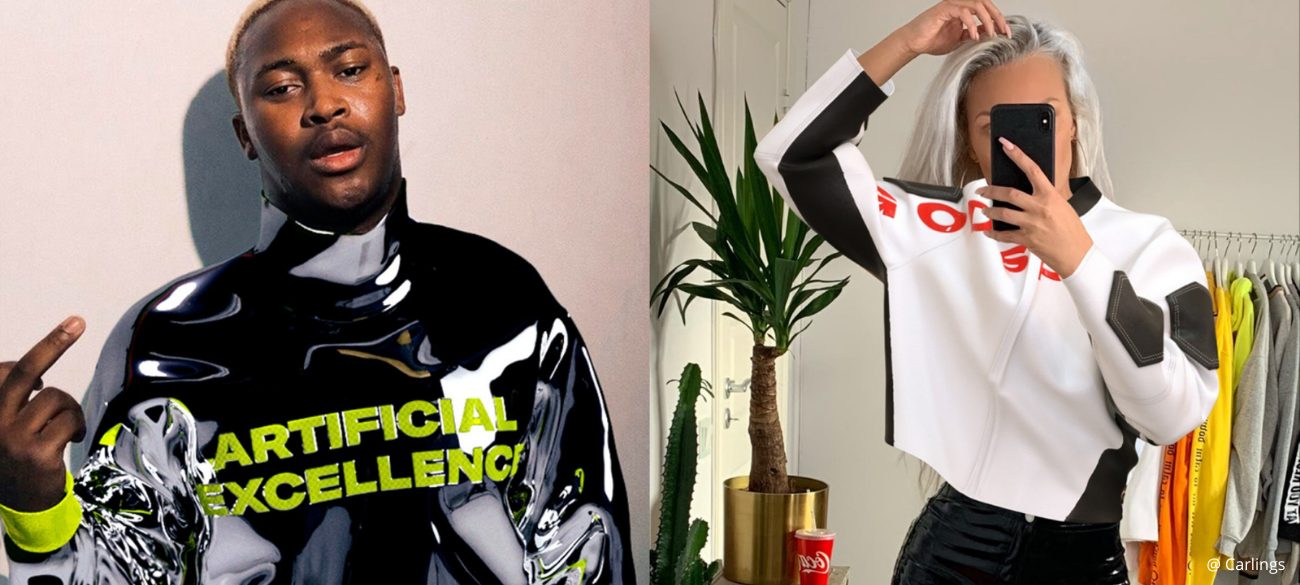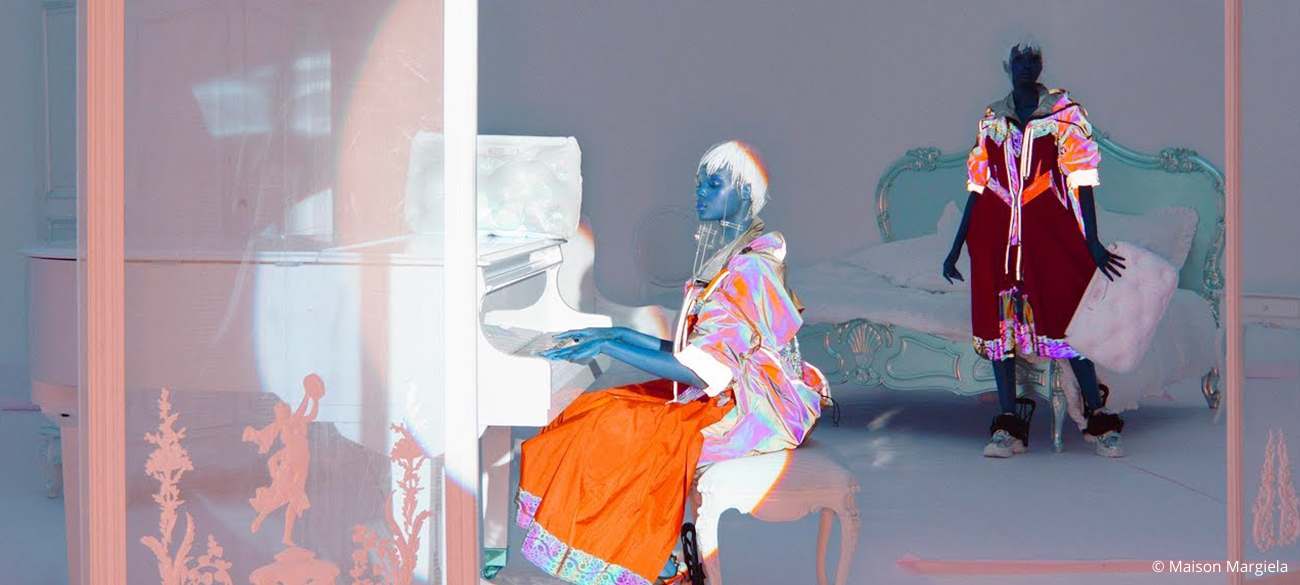EXPO Greater Amsterdam
Stelling 1
2141 SB Vijfhuizen

Create a free retailer account now or view the other options.
Crystal Gazing with Chinouk Filique: ‘Cancelled fashion weeks force fashion businesses to go digital’
Slowly pulling out of the Corona crisis, the fashion business is daring to look into the future again with faith and positivity. But what does the near future of fashion actually look like? Which trends and movements are to be expected? In ‘Crystal Gazing’ we let Dutch fashion professionals shine their light on this question. On the show today: Chinouk Filique, fashion researcher with a focus on today’s digital culture.
Chinouk Filique: “The fashion industry is preparing itself for a better virtual environment as a direct result of this summer’s cancelled fashion weeks. Suddenly, design studios and brands had to present their collections in alternative ways, and many chose to do so by using video: a logical step that was received with a wave of criticism. Especially the younger generation, being both digitally knowledgeable and ‘woke’, described the videos of these classic fashion houses as ‘tone-deaf’.
Democracy into fashion
When it comes to digital innovation, a movement you can’t afford to miss, fashion companies are far, far behind. For way too long, the leading players in the business have deeply held onto keeping the concept of live shows and catwalks alive. In the end, video presentations, such as the Chanel Cruise 2020/2021 production, were not so much of a new and meaningful step towards the future. Instead, they were more about telling the story of the hierarchical fashion of previous eras: a time in the past in which only the elite had access to a certain lifestyle, a time in which exclusivity was only available to the happy few or the ‘rich and famous’.
The Internet brought democracy into the fashion world. When the typical, physical fashion shows started to vanish and were being replaced by videos, you would expect brands to respond differently to their new and suddenly worldwide public. This was not (at all) what I have seen happening so far.
"I expect and also hope that design studios and fashion companies will rethink their first attempts and thoroughly contemplate the part they play in the digital movement."

Interactivity with viewers
The videos passing by on social media, supposedly meant to be a modern alternative to catwalk shows, instead turned out to be more like campaigns. I expect and also hope that design studios and fashion companies will rethink their first attempts and thoroughly contemplate the part they play in the digital movement. Hopefully, they will make a move towards interactivity for their viewers, for example by directing themselves towards Augmented Reality and Virtual Reality; the far more attractive tools to today’s generation. The fashion world could take Maison Margiela’s ‘Reality Inverse’, a cooperation between John Galliano and Nick Knight, as an example. Their movie got published both as a standard film as well as a ‘360’ version, which let viewers control their own experience by using a VR headset and a mouse.
Couture in pixels
And this movement will continue: instead of presenting physical fashion collections digitally, the space for actual digital fashion will soon expand widely. What we will be wearing in our virtual environment eventually will be different from how we dress in the physical world. To repeat the example of Margiela: Galliano created a 1-minute video on how they made a virtual fabric and shared it on Margiela’s Instagram account. The Fabrikant, a digital design studio from Amsterdam, made headlines after selling a digital couture dress for 9,500 US dollars on a blockchain event in New York. The dress doesn’t physically exist: it only does in a digital file.

A virtual jacket or shirt is not some fancy concept of the future: it is already here and happening now. I am interested to see what the response of the big guys in fashion will be. Louis Vuitton, for example, has created two ‘skins’ (or digital outfits) for the League of Legends World Championship in 2019. In the end, if you decide to skip your participation in the digital and game culture, you will leave a whole group of possible fans and customers untargeted.
Movement and sound
Finally, something needs to be said about the making of digital textile and texture, which might be the most exciting part for the readers of this piece. A downside of online shopping, of course, is that clothing isn’t tangible: a fact that results in large amounts of returns. Several big online retailers have started to focus on moving images, and more retailers have begun to see the use of 3D presentations. Clearly, there are endless possibilities to make tactility digital, such as the addition of sound. Although it might sound weird, sound is an underestimated dimension when speaking of clothing. I am expecting and looking forward to see many more developments in this area coming to the surface soon.”
Written by Marjolein Stormezand
Share article

